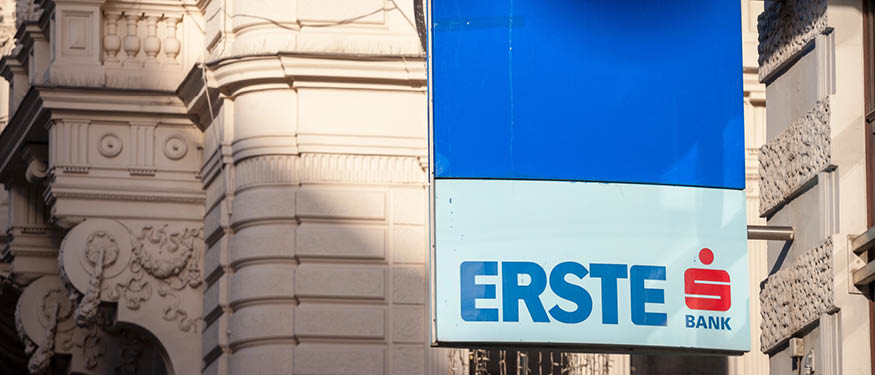In the wake of Russia’s invasion of Ukraine in February 2022, Poland has found itself at the forefront of NATO’s eastern flank, sharing a border with a country embroiled in a full-scale war. DLA Piper Partner Marta Frackowiak and Dentons Partner Jaroslaw Witek talk about how this geopolitical reality has prompted a significant shift in Poland’s defense strategy.
Armed to the Teeth
Due to Poland being in the “direct neighborhood of Russia – the Kaliningrad Oblast”, Witek begins, the country is “implementing a number of countermeasures to strengthen its military capabilities in order to mitigate the potential threat of expanding the conflict to include Poland by re-evaluating its defense policy and implementing a faster increase of defense spending to rebuild its military potential.” One of the most significant changes has been the substantial increase in Poland’s defense budget.
As Frackowiak, points out, “Poland’s defense budget for 2023 is one of the highest in NATO, amounting to 3% of the country’s GDP. Taking into account some recent additional acquisitions, it might even be closer to 4%.” The scope of Poland’s military modernization efforts is impressive. “The list of equipment that the Polish government is in the process of acquiring includes various missile defense systems, new generation fighter planes, training planes, tanks, multiple rocket launchers, and helicopters,” Frackowiak notes.
Frackowiak continues by highlighting that Poland’s primary focus has been on replacing outdated equipment and acquiring new, essential systems. This includes “mid- and short-range missile defense systems, tanks, rocket launchers, and helicopters. Unmanned aerial vehicles, which have proved so important in Ukraine, are also top of the list of Polish priorities and are one of the few examples of Polish products that compete successfully on the international market,” she explains. “Unfortunately, beyond UAVs, the support of the Ministry of Defense (MoD) for R&D activity, which in the long term could lead to the creation of homegrown defense equipment and systems, has been marginal.” As a result, Frackowiak notes that this may result in continued reliance on international purchases, with licensed production in Poland being the most feasible option.
On the other hand, Witek stresses the comprehensive nature of Poland’s modernization efforts, following an overarching goal to deter potential aggressors and ensure Poland’s readiness to defend its borders. “Like many other countries, Poland is investing in ammunition capabilities and intends to dramatically increase its production capabilities in this field. In addition to participating in EU initiatives to this end, the Polish government has established a national PLN 2 billion (EUR 427 million) program to encourage state and private enterprises to invest in ammunition production in response to growing demand, both to support Ukrainian efforts and to replenish its own stocks,” he explains. Witek further highlights Poland’s acquisitions from the United States, which include tanks, fighter jets, air defense systems, rocket launchers, and helicopters.
Fueling the Arsenal – A Missed Opportunity?
However, even with such an increase in the defense sector’s bandwidth, governmental activity does not seem to be following suit closely. “Unfortunately, despite multiple defense procurement procedures available under Polish law, the government is almost exclusively choosing direct acquisitions of equipment, and in many cases, the delivery timeline is the key criterion,” Frackowiak says. “The Polish public has a positive perception of defense procurements; however, there are certain doubts around the transparency of the acquisition process,” she adds. Additionally, “there are claims that despite the great level of expenditure, the Polish defense sector is not benefiting as much as it could, since most of the purchases are from foreign suppliers, with equipment which is acquired ‘off-the-shelf’ without any significant involvement of Polish companies,” she explains.
“No one denies the need for defense acquisitions,” Frackowiak continues, “but they seem to be chaotic and rather unpredictable. Moreover, as the vast majority of equipment will be imported, it will be a burden on the Polish economy – rather than the boost that could be achieved by investing in the local defense sector, and in particular in R&D activity. Such investments could be achieved through consistent procurement planning and the long-term involvement of Polish producers in the supply chain of defense equipment,” she explains. “Moreover, military analysts claim that the Polish army is not well prepared to integrate and use the new equipment and that significant and costly organizational changes and additional investments will be needed.”
Witek agrees, stressing that “the lion’s share of defense spending is being implemented through government-to-government arrangements with the exclusion of open tender procedures,” on account of time constraints and the need to increase military capabilities in a relatively short period of time. He expects the government-to-government trend to ultimately slow down, “in particular upon stabilization of the situation in Ukraine, and even if it does not, a certain portion of projects will still have to be, and currently are, implemented in open tenders,” he explains. And even if not, “the government-to-government path applies to the procurement portion, leaving the industrial participation as still primarily a business-to-business domain,” Witek says.
Scoping the Horizon
“We do not foresee significant legislative changes in the near future, as last year, in response to the Russian invasion of Ukraine, Poland introduced the Homeland Defence Act that comprehensively regulates security and defense issues,” Witek says. “The Homeland Defence Act has consolidated and amended 79 other laws and regulations and repealed 14 others. This act raises the defense budget to at least 3% of GDP from 2023, sets a target of doubling the size of active armed forces from 150,000 to 300,000 personnel, specifies Armed Forces’ technical modernization planning and financing rules, including introducing the possibility of financing from non-budgetary funds, and introduces voluntary basic military service,” he outlines. “It also provides for the possibility of leasing the military equipment and granting advance payments by the MoD.”
On the other hand, Frackowiak remains somewhat more open to the possibility of changes happening. “Parliamentary elections are scheduled for October 15, 2023,” she says, ultimately. “If a new governing party is elected, some changes in the defense procurement strategy may be expected (hopefully introducing consistency and long-term planning). However, should the current government remain in power, I would not expect any significant changes in defense procurement strategy,” Frackowiak concludes.
This article was originally published in Issue 10.9 of the CEE Legal Matters Magazine. If you would like to receive a hard copy of the magazine, you can subscribe here.


















